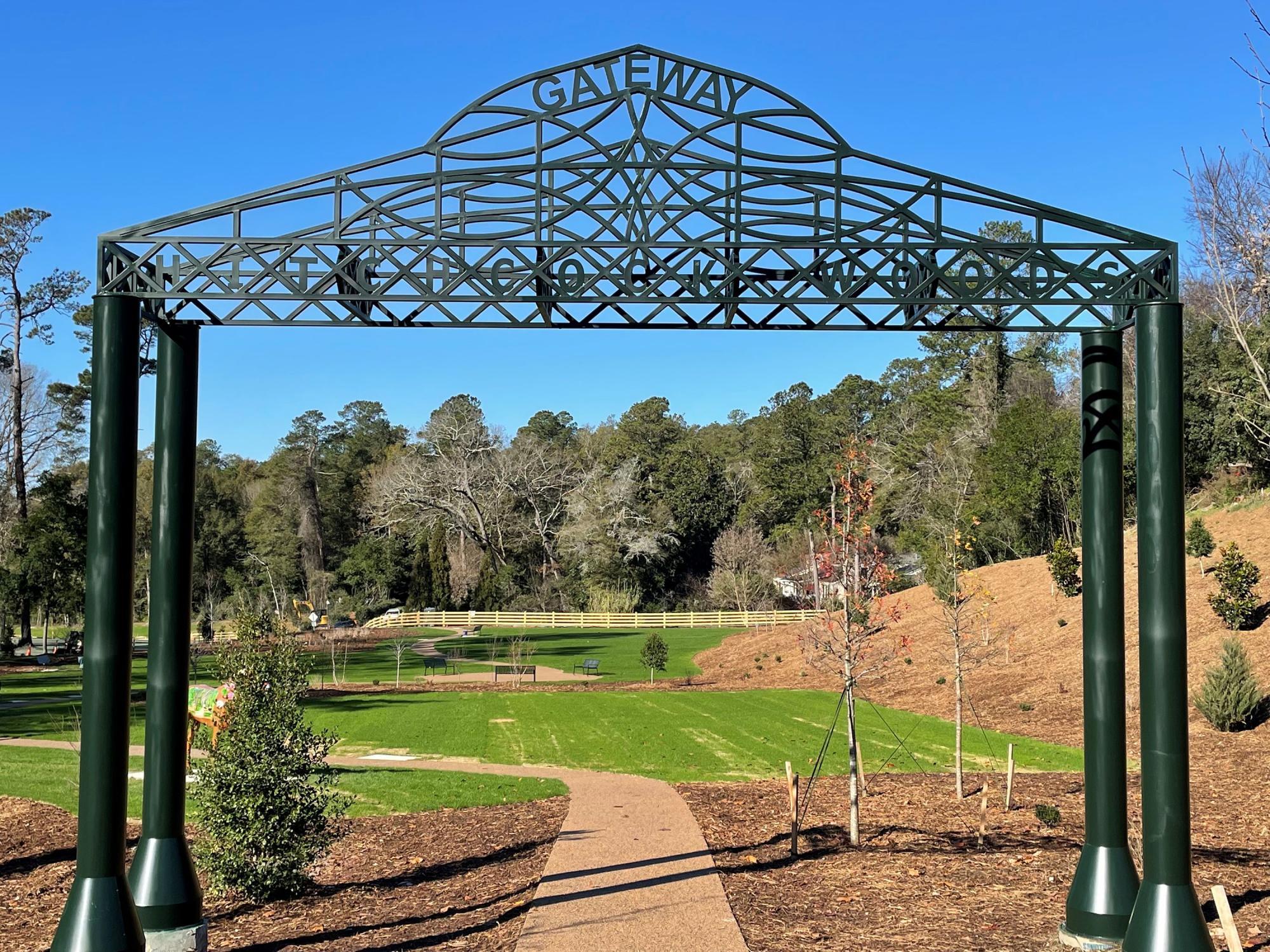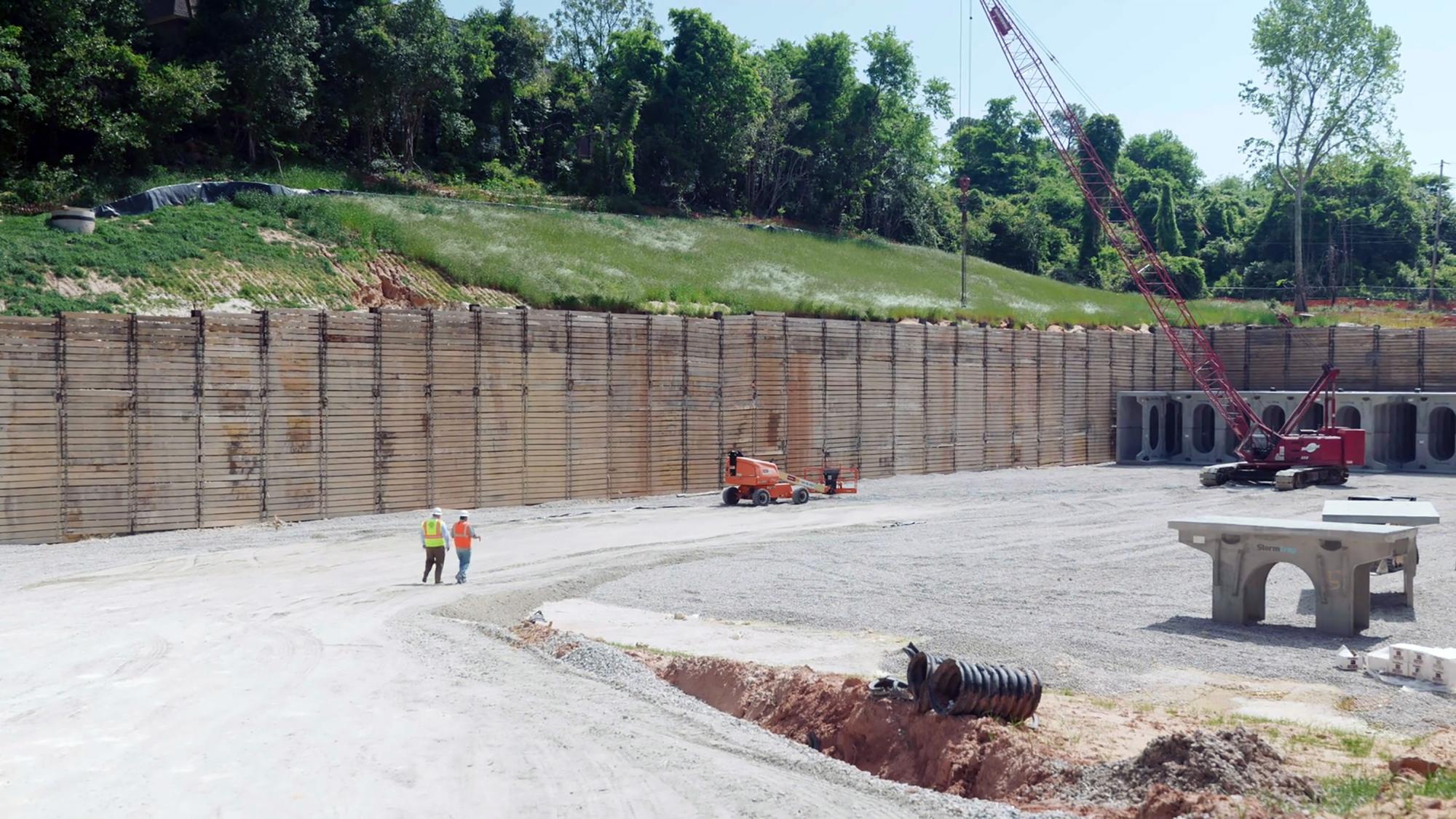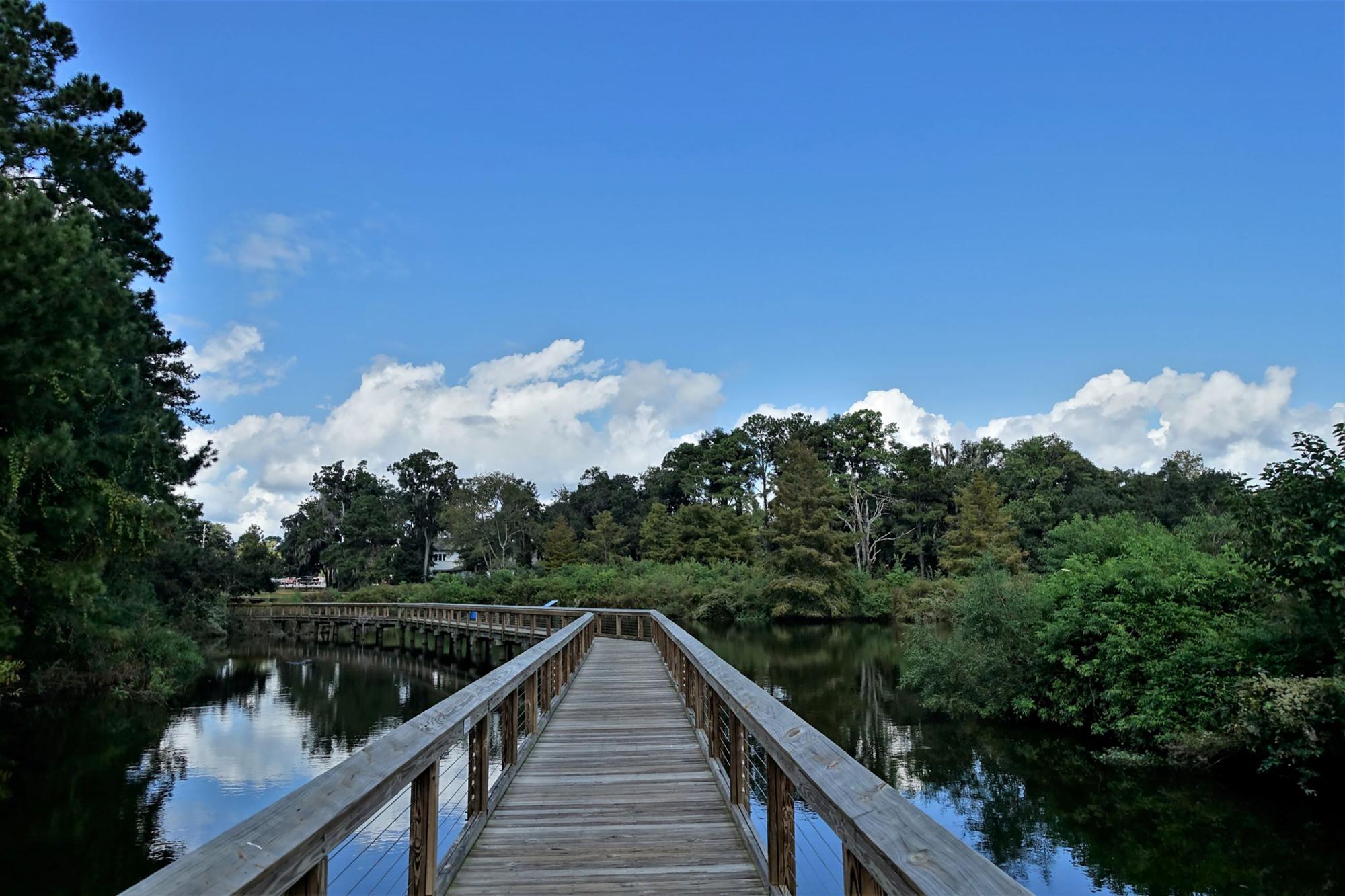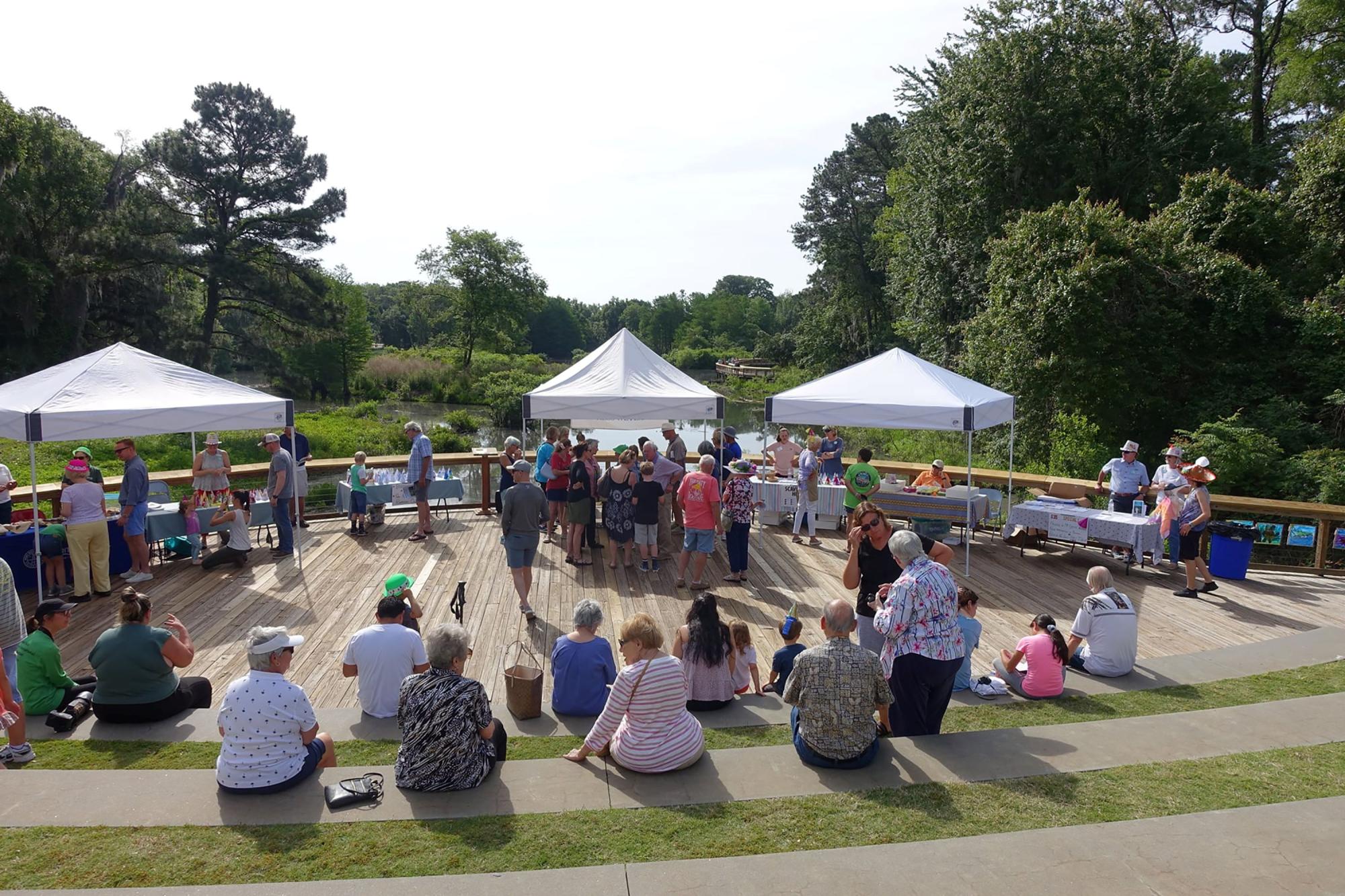From Hitchcock Woods in the City of Aiken to the Cypress Wetlands and Rookery in the Town of Port Royal, some municipalities around the state have changed the way they look at stormwater runoff and in the process, helped create beautiful spots where wildlife thrives and visitors flock.
In the case of Aiken, the city had long had a jewel within its borders — the 2,100-acre Hitchcock Woods, the nation’s largest privately owned urban forest. But stormwater from the city had long flowed into the area, causing all sorts of erosion, water contamination and wildlife habitat loss.
The problems dated to the 1950s as Aiken grew rapidly, leading to more paved roads and and homes built in the historic downtown grid, said City Manager Stuart Bedenbaugh.

“The volume of stormwater did not necessarily increase, but the velocity did,” he said.
Around this time, the city began to pipe stormwater into Hitchcock Woods, a facility that has been used by pedestrians and equestrians since the early 1800s. As stormwater runoff made its way through town, it picked up trash, pollutants, oils and other dirt from city streets, and the untreated stormwater flushed into the woods. Fast-moving water also washed away land and carried silt downstream where it could fill in and harm the ecologically important wetlands.
“That’s when we saw a tremendous amount of erosion. Over 60-plus years, there were attempts made to try to mitigate that, but it wasn’t seriously addressed until last few years,” Bedenbaugh said.
Soon after his election, Aiken Mayor Rick Osbon formed a stormwater task force with members of the Hitchcock Woods Foundation, city council members and residents who lived nearby. They worked together to develop a plan for massive innovative stormwater vaults that are able to hold the water and then use weather forecasts to decide the best time to release it.

“Imagine a large number of vaults buried beneath the surface that collect the water. Then there is a system that electronically reviews the National Weather Service forecast. Let’s say if over the next 72 hours it projects 3 inches of rain, then [the system] will release water at a quicker rate. But if there’s no rainfall expected over the next three days it will release water at a more manageable slow rate which mitigates the erosion,” Bedenbaugh said. “Because the problem is not volume, it’s velocity.”
Aiken has nearly completed work on the first phase of the $15.8 million project, using 1% capital project sales tax funds, hospitality tax funds, federal American Rescue Plan money, a grant from the SC Department of Health and Environmental Control and a State Revolving Fund loan.
Bedenbaugh said the project has the full backing of the Hitchcock Woods Foundation, a relationship that had been adversarial at times over the past 60 years, but has improved as a result of this project. He also said Aiken’s experience shows the importance of open and frequent communication with property owners and stakeholders.
The project illustrates the importance of cities looking at all the options available for improving — and paying for — stormwater projects, according to Bedenbaugh.
“There are lots of stormwater abatement options out there. You need to be able to take advantage of those,” he said. “From a funding standpoint, there are creative ways to find funding for projects such as this. The legislature now allows hospitality tax to be used for stormwater projects when visitors will take advantage of them. That’s a substantial change has benefited us.”
And work at Hitchcock Woods has shown that visitors and locals will definitely take advantage of a special piece of property that’s home to 70 miles of sandy trails, and is open for walkers, runners and horses from dawn until dusk.

Work to resolve stormwater issues has created another popular spot in the Lowcountry town of Port Royal.
Town Manager Van Willis joked that it started raining soon after he arrived in August 2002.
“And it kept raining,” he said.
He noticed quickly that the main Cypress Wetlands and Rookery, a protected wetlands area, had no outfall and was “filling up like a bathtub. Water was covering the walkways and the benches. My initial thought was that we need to create an outfall for this. We could just run it down 18th Street into the creek.”
Instead, he and the town’s planning director looked to the past — an aerial map from the 1930s they found that showed a series of wetlands that at one time had been connected, but had been filled in or were isolated due to development patterns over the decades.
“We decided to recreate what was intended in the first place. If we connected these basins together, it gave us an opportunity to regulate the depth of the main wetland and treat that initial runoff,” he said. “So, basically runoff is now being treated three to four times before it outfalls to any creek.”
Port Royal also identified the basins that feed into these systems and worked with local developers, re-developers and builders to create a new system of dealing with runoff.
“We said, ‘Rather than you building these detention and retention ponds that typically get neglected or aren’t maintained, why don’t you do a first flush on the property and we will take your volume?’” Willis said.
That meant developers held their water runoff on site to get the first bit of sediment out of it before it was sent to the town. The developers loved the idea, Willis said, because they could now use a piece of property that in the past they had to dedicate to a retention or detention pond.
“It’s an opportunity for them to better utilize their property and keep with our master plan for the downtown area,” he said. “And it feeds this wetland which has become a significant rookery and an absolute amenity for the residents and visitors.”
When the plans started, Willis said many in the community were afraid the project would ruin the wetlands and chase away all the herons, hawks and eagles. The opposite happened. The work added depth to the wetlands and created more safety for the birds.

The town now has a 0.6-mile trail loop with an amphitheater that overlooks the wetlands and an active Friends of Port Royal Cypress Wetlands group. About 400 people a day visit the area, getting the chance to see wildlife up close nestled in the among the cypress trees.
“Besides birds and the alligators and the turtles and everything else that goes along with it, you’re in our downtown area. You get out on the boardwalk, and you don’t know you’re near downtown,” Willis said. “It’s a respite in the middle of town.”
He suggested that cities and towns take a look at their topography before beginning any stormwater projects.
“There may be opportunities there for you to create a system you might not have traditionally thought about. That’s what this one did,” he said. “Look for creative solutions rather that what might be the only option in the manual.”
Coming at the intersection of where people live and where water flows, stormwater projects can have the potential to improve natural areas, and in doing so, make life better for humans and wildlife alike.
